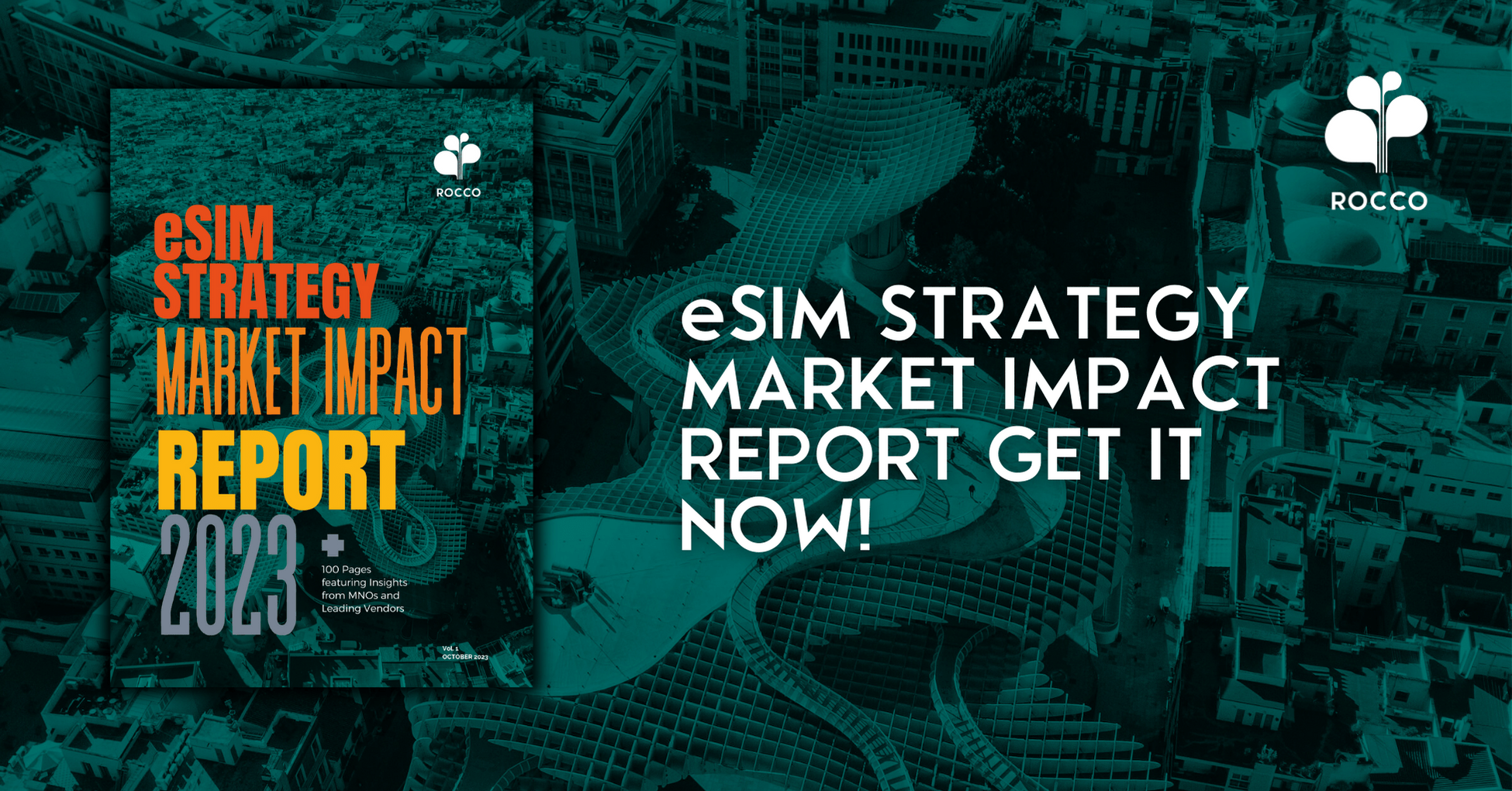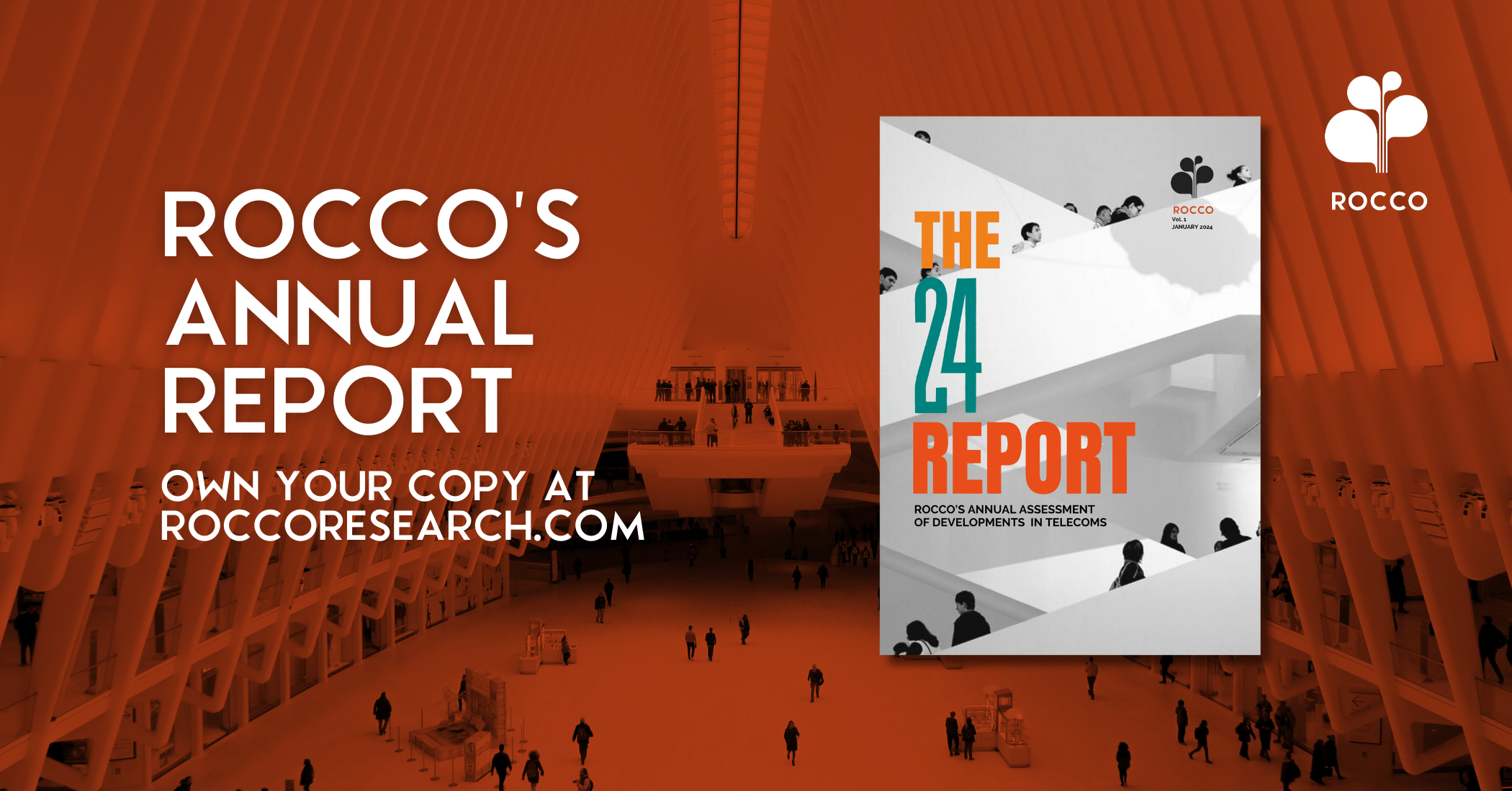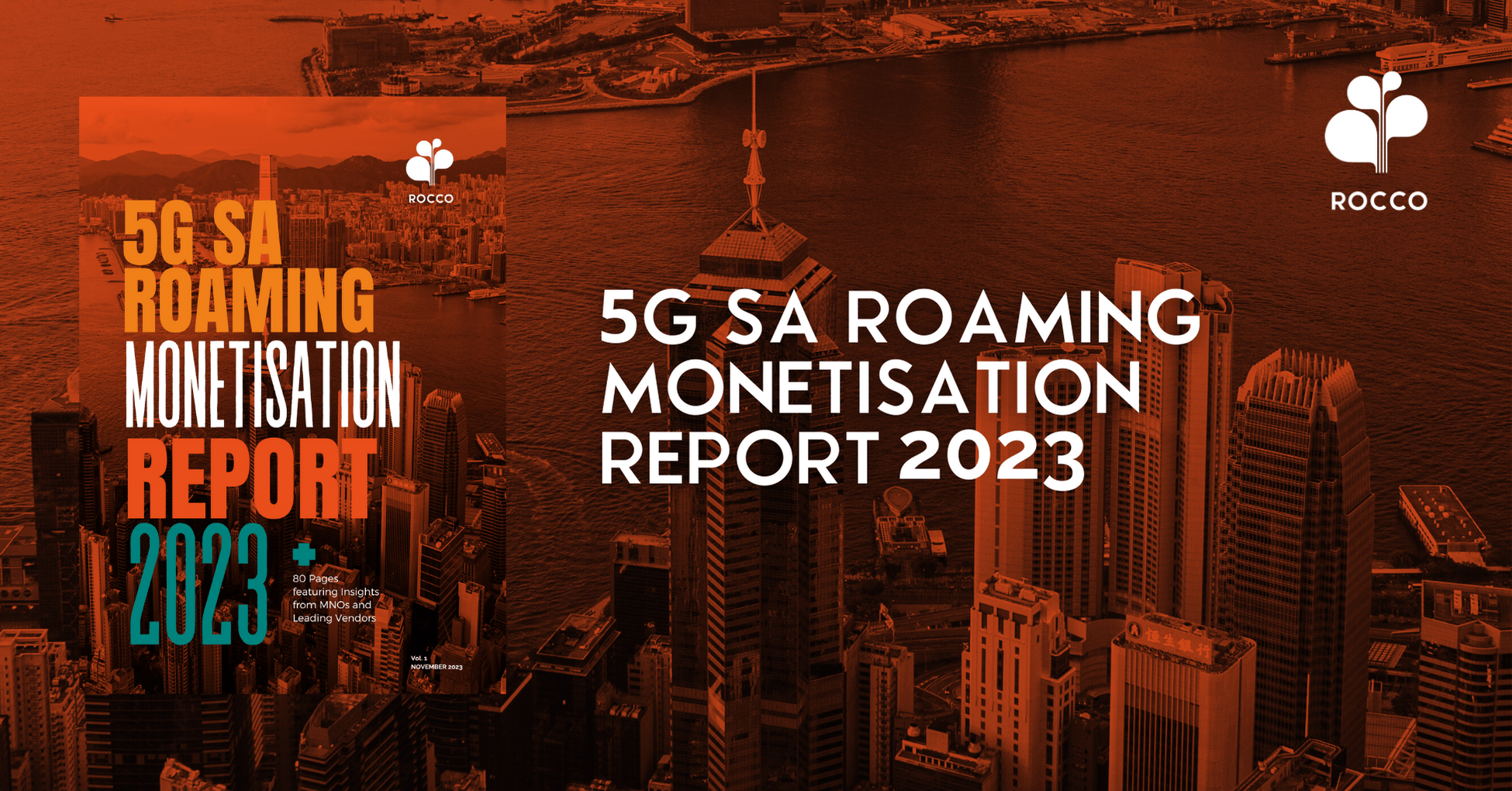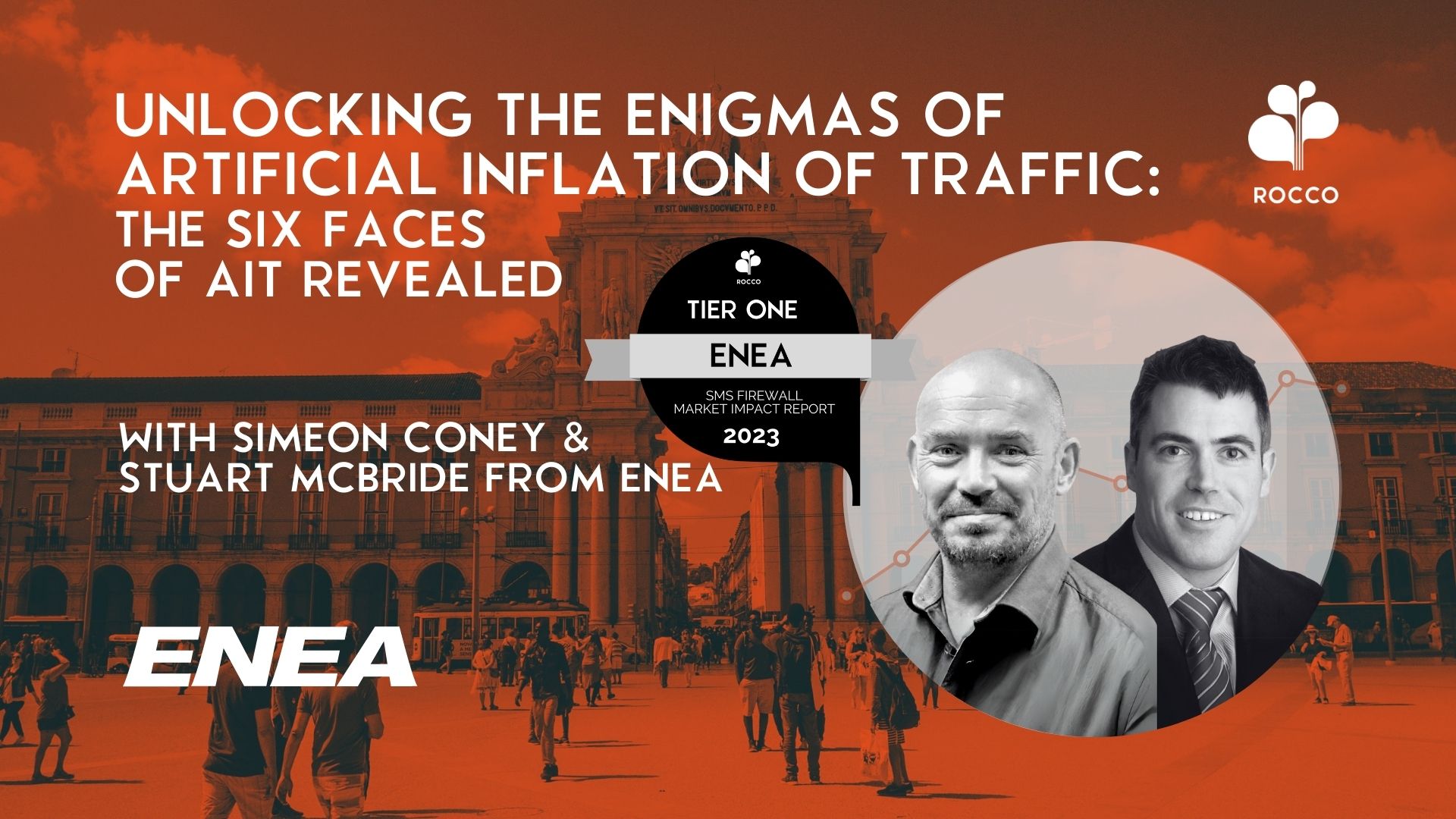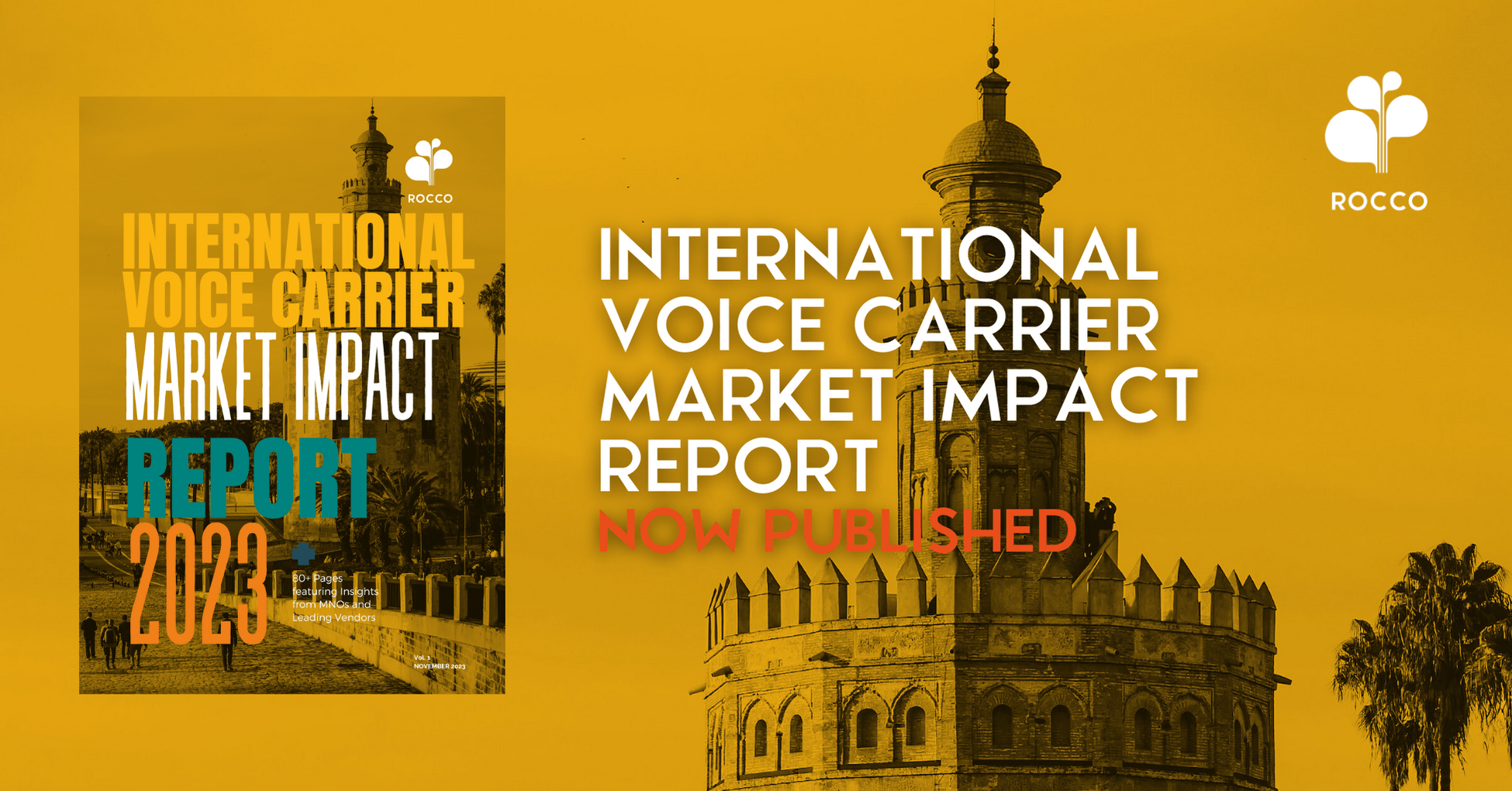
Happy 2016! As we enter the year when Roaming Regulation in Europe makes its final Price Caps (30 April 2016 will see the final Price Caps in the EU before they are abolished altogether in June 2017), it’s interesting to note how little the general public know about the EU regulation and how Operators still find communicating the regulation difficult for their subscribers.
Recently I was in a European airport Hub and needed some information about the European Regulated Roaming tariffs available to me. It may seem kinda unfair being Roaming consultants to ask questions on Roaming to a leading mobile Operators sales desk in an airport, but as researchers, we like to understand what sales desks know and what messages they give. It is hard for an Operator to impart the final details of Regulation to all points of retail, but in an airport departure gate one does expect the sales staff to be Roaming specialists.
We’re not saying this is typical, not even worst case scenario but this is what we were informed by the specialists of that operator about Roaming, which we consider to be major impacts to a EU Roamers commitment to Roaming and will potentially lead to “Silent Roaming”:
- Pushing the customer to Wi-fi: Before telling me the price for Data the Operator told me I had better switch off Data Roaming and use wi-fi.
- Misunderstanding the pricing: The Operator told me the price for Data per MB was €6,00, clearly way above the regulated rate. It was also confirmed with the manager…
- Packages promoting services people don’t need: The Operator promoted the packages around calling or texts, two forms of communication which compared to our data consumption are less commonly used these days and said “the best way to communicate is by making calls”, the calls seemed cheap, but were still higher than regulated retail rates should be.
- Poor knowledge about Regulation: The operator told me EU Regulation had just started in 2014 (EU Regulation is in phase 4 and started 8 years ago). They also said that “Price caps don’t start until 2017”. Actually, that’s when Price caps end and abolition of Roaming begins.
- Creating questions and doubts about transparency: If the sales staff of an operator don’t know what they are talking about how does this make the customer feel. The customer needs transparency.
With a little help and good communications these major areas of knowledge could have been improved.
The Retail pricing for Roaming in the EU Member states today is…

Above you can see the EU Regulated Tariffs for Roaming at Wholesale (the price what the Operators exchange with each other) and Retail (what the customer is charged). Naturally the prices may go below these rates but not above.
The glide path ends in 2014 because for each price (retail and wholesale, for voice sms and data) the Roaming Regulation says that the price set out for 2014 has to remain at that level until 30 June 2017 (unless RLAH is approved before).
Cheaper roaming already in 2016
Roaming fees will already come down on 30 April 2016. The maximum retail surcharge will then be €0.05 per minute for calls, €0.02 for texts and €0.05 per megabyte for data. These amounts correspond to the current maximum wholesale rates. For calls received, the maximum surcharge will be the weighted average of maximum mobile termination rates across the EU, to be set out by the Commission by the end of 2015.
The current EU roaming retail caps refer to what operators can charge their customers. In other words, they cover the domestic price plus the surcharge. Also after 30 April 2016, the sum of the domestic price and any surcharge cannot in any case be higher than the current retail caps (€0.19 per minute for calls, €0.06 for texts and €0.20 per megabyte of data).
And then the Price Caps and roaming are abolished on 15th June 2017.
For more information about Regulation, its strategic impacts and future models globally, ask ROCCO.



